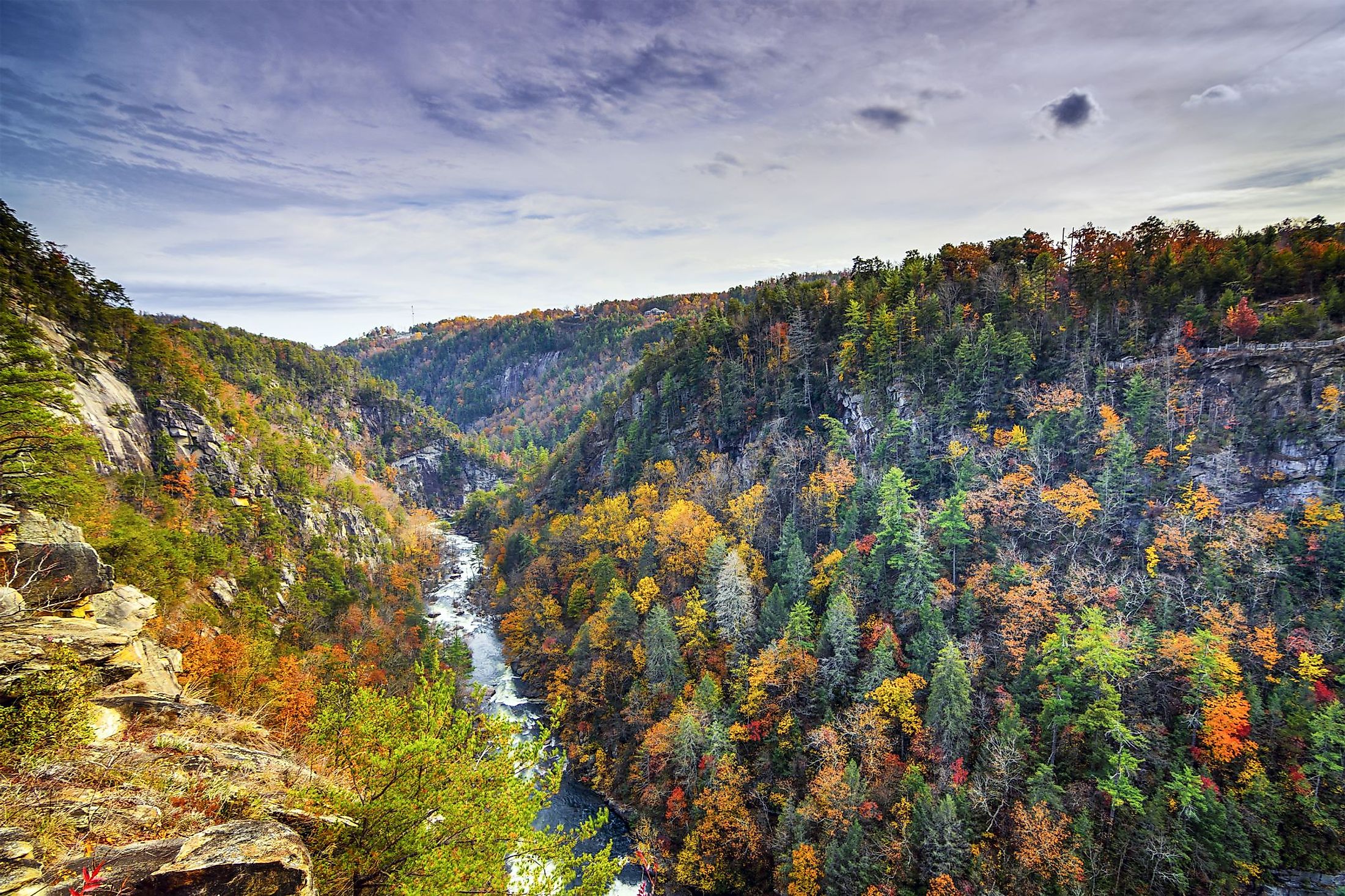
Tallulah Gorge
The Tallulah River cuts through the Tallulah Dome rock structure to produce the Tallulah Gorge. The gorge is about 3 km long and boasts high limestone walls. Georgia's Tallulah Falls is close to the Tallulah Gorge. A large portion of the gorge and its waterfalls are protected by Tallulah Gorge State Park. It is considered one of Georgia's 7 Natural Wonders.
History Of Tallulah Gorge
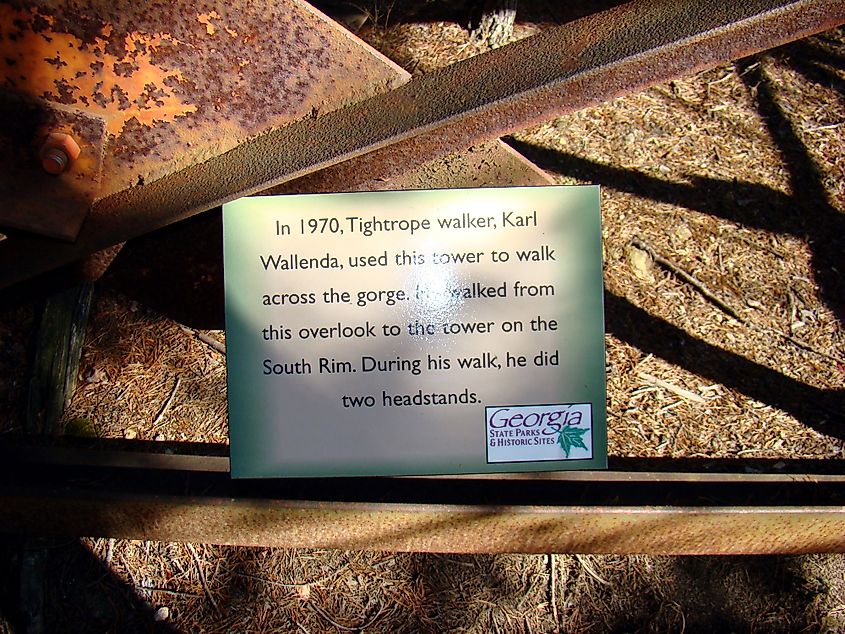
Tallulah Gorge and its surrounding areas have drawn visitors since the early 19th century. The Tallulah Falls Railway made the region more accessible to visitors from Atlanta and South Georgia, and the gorge became North Georgia's first tourist destination. Resort hotels and pubs sprouted up to accommodate the growing tourism industry, which grew to as many as 2,000 people on any given Sunday following the railway construction. Professor Bachman, a tightrope walker, spanned the gorge in 1883 as part of a marketing campaign for one hotel. The second man to walk over the canyon on a tightrope was Karl Wallenda on the 18th of July, 1970. Georgia Railway and Power began constructing dams on the river in the 1910s. In 1919, the Burton-Georgia community was bought and flooded to become Lake Burton. Many residents objected to the construction of dams, including Helen Dortch Longstreet, the wife of Confederate commander James Longstreet. She launched a campaign in 1911 to have Tallulah Gorge preserved by the state. The campaign was unsuccessful, and the dam was built in 1913, quieting the noise of Tallulah Falls and reducing tourists. Although tourist advocates in the late 1800s claimed that Tallulah meant "loud waters" in Cherokee, the name has no significance in that language.
Geology And Ecology Of Tallulah Gorge
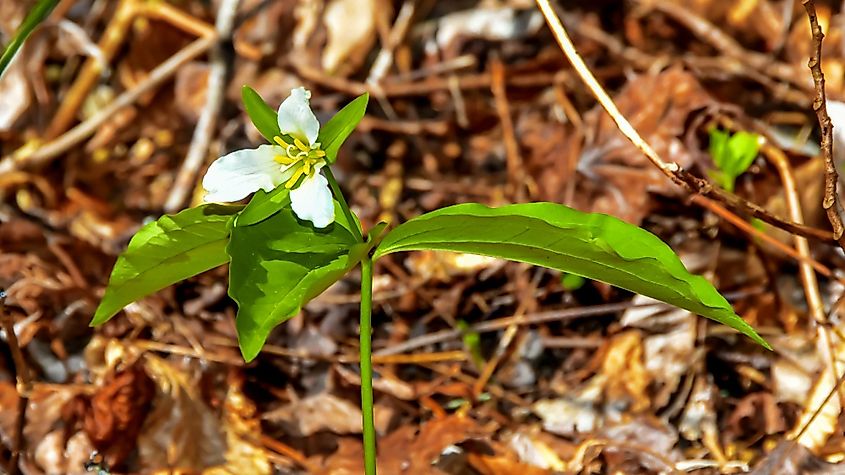
When Pangaea formed between 500 and 250 million years ago, the Earth's crust was folded twice, resulting in the creation of Tallulah Dome. Quartzite and schist rocks make up the majority of the dome's composition. Several habitats thrive in and around the canyon-like gorge due to the change in sunshine, shade, and moisture generated by the sheer rocks. This river basin and a few other places in the South Carolina/Georgia region are home to the Persistent Trillium, an endangered species of trillium flowers.
Tallulah Gorge State Park
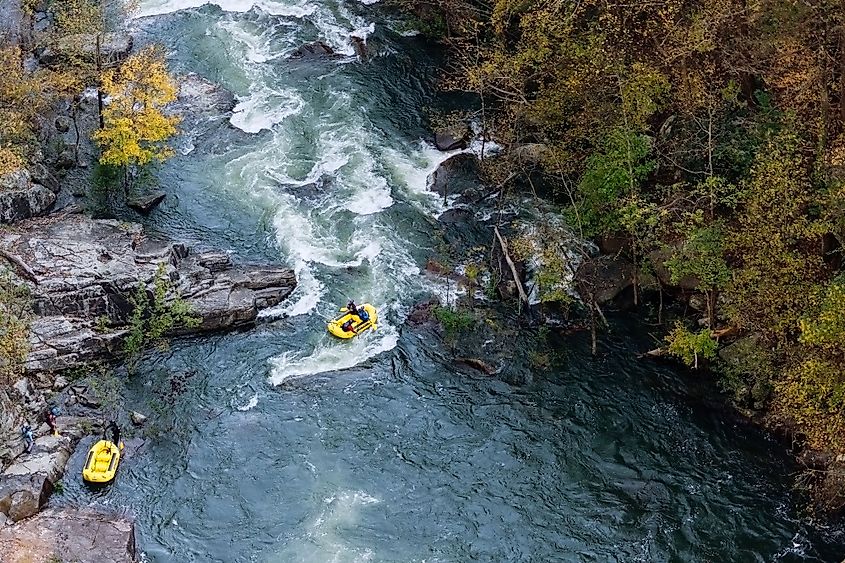
One of North Georgia's best-known locations for outdoor activity is Tallulah Gorge State Park. Regularly, the park offers full moon paddles on the surrounding lake, supervised moonlight treks to the suspension bridge, morning hikes, and other activities. Every year, they also hold five whitewater release weekends where they open the dam and restore the river to near-full flow before Georgia Power erected the dams. Tallulah Gorge is also notable for the return of a pair of peregrine falcons to nest on the park's cliffs during the previous few years. They initially arrived a few years ago, and it was the first time a peregrine falcon nest had been sighted in the wild in Georgia in about 75 years. This park is also one of Georgia's most beautiful and well-liked hiking spots, unquestionably the most picturesque among the state's state parks.
The Hurricane Falls Trail
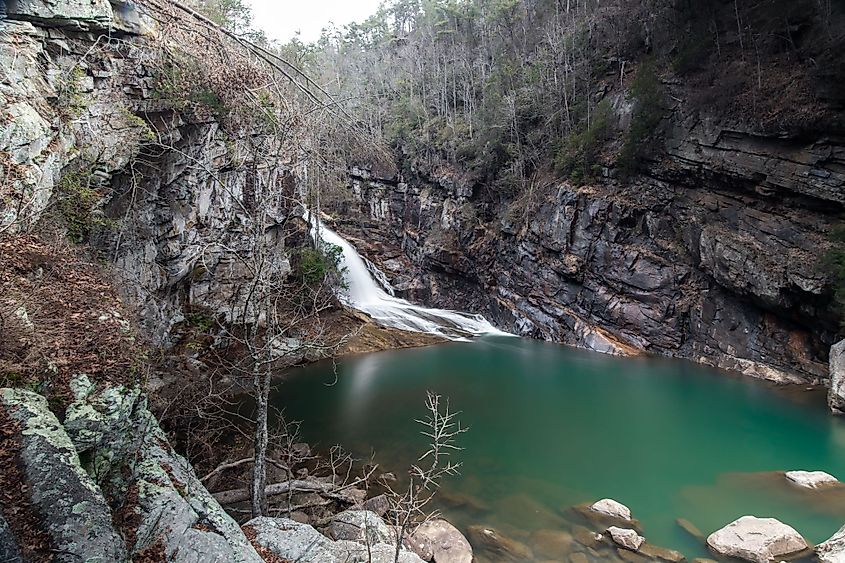
The Hurricane Falls Trail condenses the greatest of Tallulah Gorge's visual grandeur into a short but rocky two-mile circle. The path covers the north and south rims of Tallulah Gorge, sees the massive Hurricane Falls cascade, and offers breathtaking vistas from 10 spectacular overlooks that peek down into the gorge's waterfall-filled depths. It's a well-kept, easy-to-follow track that takes one through alternating areas of boardwalks, a suspension bridge (200 ft long bridge which crosses the gorge, 80 ft above the rocky surface), mulched trail, and long miles of memorable metal steps. The trek is quite challenging, but it is well worth the effort.











